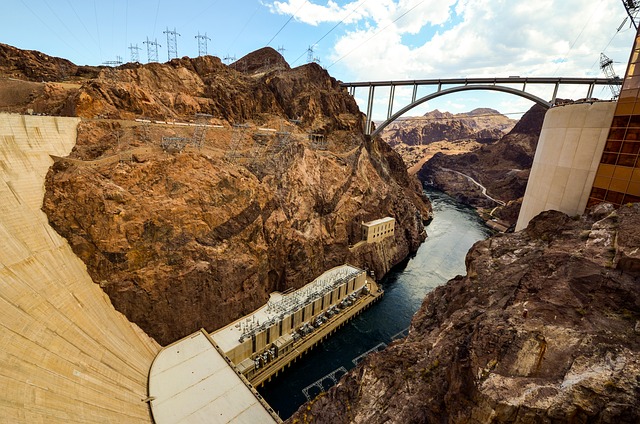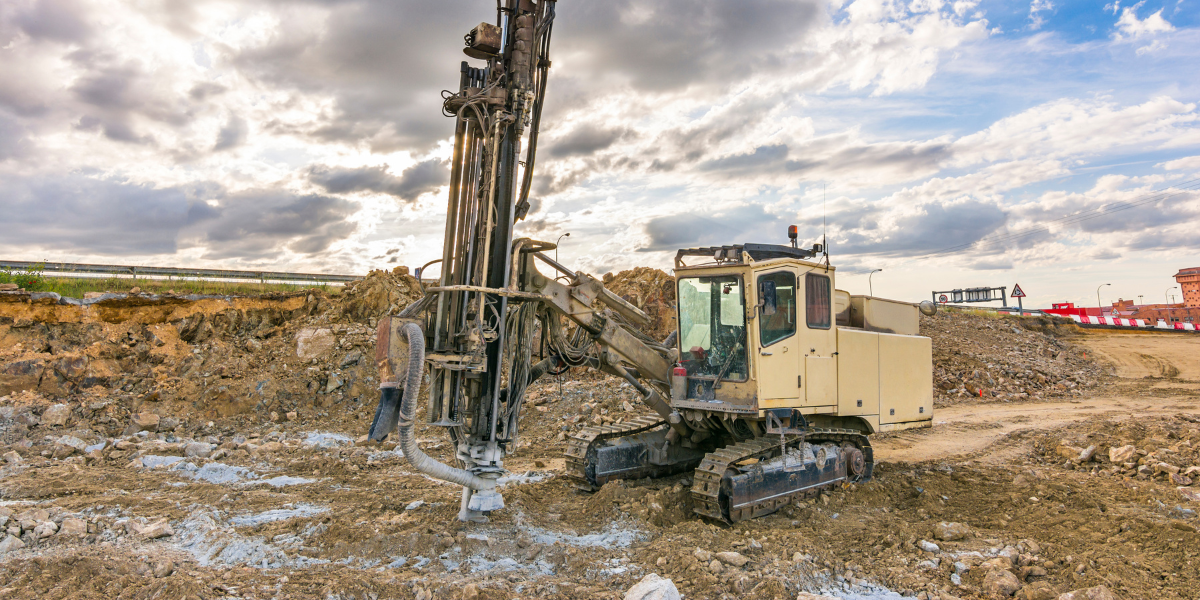Geotechnical Geologist Services for Accurate Soil and Rock Analysis
Geotechnical Geologist Services for Accurate Soil and Rock Analysis
Blog Article
A Thorough Assessment of the Providers Provided by Consulting Engineers in the Area of Geotechnical Design: From Website Examination to Project Application
Consulting designers in geotechnical engineering play an essential function in the successful implementation of building and construction jobs, beginning with comprehensive site examinations that disclose essential subsurface problems. Their knowledge encompasses dirt home analyses, ecological influence analyses, and the careful surveillance of job execution, making sure positioning with safety and security and sustainability criteria. Each phase is interlinked, offering one-of-a-kind difficulties and factors to consider that can substantially influence job end results. As we explore these crucial solutions, it comes to be apparent that recognizing their ramifications is critical for efficient task administration and threat mitigation. What details lie within each of these phases that require our attention?
Relevance of Geotechnical Design
Geotechnical engineering is an important self-control that underpins the safety and sustainability of civil infrastructure tasks. By recognizing the mechanical behavior of dirt and rock products, geotechnical engineers assess the viability of sites for various constructions, consisting of structures, bridges, and dams. This fundamental evaluation makes sure that structures can withstand ecological aspects and loads without experiencing failing.
The value of geotechnical engineering expands beyond mere architectural safety; it additionally incorporates environmental stewardship. Correct geotechnical evaluations add to decreasing the environmental impact of building and construction. With mindful assessment of dirt residential or commercial properties and groundwater problems, engineers can design structures and maintaining structures that minimize risks such as disintegration and landslides, promoting lasting stability.
Furthermore, geotechnical design plays an important role in task cost monitoring. geotechnical works. By identifying possible problems early in the layout phase, designers can suggest appropriate remedies, thus staying clear of expensive delays and redesigns throughout building. This positive method not only enhances project efficiency yet likewise significantly lowers dangers connected with unexpected website problems
Site Examination Methods
Efficient website investigation strategies are essential for collecting precise data concerning subsurface problems prior to building and construction. These strategies help with the understanding of the geological and hydrological atmosphere, which is important for making certain the stability and safety of recommended structures.
Usual techniques used in site examinations include borehole exploration, which allows engineers to remove soil samples at various depths, providing understandings right into stratification and product kinds. Additionally, geophysical studies, such as seismic refraction and electric resistivity, offer non-invasive ways to analyze subsurface characteristics over larger locations. These approaches can aid recognize abnormalities without considerable excavation.
Examination pits are one more useful method, offering direct monitoring of dirt layers and making it possible for in-situ screening. geotechnical works. This method is especially useful for superficial excavations and can assist evaluate groundwater levels. In addition, cone infiltration tests (CPT) are increasingly utilized, as they give continual accounts of soil resistance, which aids in establishing dirt strength and layering.
Each of these methods plays an important duty in creating a detailed understanding of site conditions, making it possible for consulting engineers to make informed choices and suggestions throughout the project lifecycle. Exact information collection during the website investigation stage is essential to mitigating risks and ensuring effective project execution.
Soil Residential Property Evaluation

The evaluation process commonly view it involves a mix of research laboratory tests and field investigations. Trick homes such as shear toughness, compressibility, leaks Website in the structure, and moisture content are examined to establish the soil's viability for building and construction purposes. Conventional examinations, consisting of the Atterberg limits, Proctor compaction, and triaxial shear examinations, are commonly used to gather information on dirt habits.
In enhancement to these examinations, in-situ methods such as the Requirement Infiltration Examination (SPT) and Cone Penetration Examination (CPT) offer important understandings into dirt stratigraphy and density. The results of these analyses notify designers about potential challenges, such as dirt liquefaction or negotiation, enabling them to create ideal reduction methods.
Environmental Effect Analysis
Environmental effect examination plays a crucial role in the planning and implementation of engineering jobs, particularly in geotechnical design. This procedure includes analyzing the prospective environmental consequences of suggested jobs on soil, water, air top quality, and bordering ecological communities. Consulting engineers utilize numerous methods, including website assessments, modeling, and area research studies, to determine and quantify these influences.
The examination generally starts with the identification of standard ecological conditions, which acts as a reference for forecasting prospective changes. Engineers analyze variables such as erosion, groundwater contamination, and environment interruption, ensuring that all appropriate environmental regulations and standards are stuck to throughout the project lifecycle. Stakeholder involvement is also an essential part of the analysis procedure, as it promotes communication in between job designers, neighborhood site web neighborhoods, and regulative bodies.
Furthermore, reduction methods are developed to resolve determined influences, enabling engineers to recommend options or adjustments to predict layouts that improve sustainability. This positive method not only decreases damaging effects on the environment yet also advertises public count on and conformity with environmental legislation. Inevitably, efficient environmental effect assessment strengthens the total stability and practicality of geotechnical design jobs, supporting liable advancement practices.
Job Execution and Surveillance

Monitoring is a necessary element of project implementation. Engineers utilize different techniques, such as instrumentation and area tests, to examine soil habits and architectural reactions in real-time. This continual monitoring makes it possible for the identification of any type of deviations from anticipated efficiency, enabling timely treatments to mitigate dangers.
Furthermore, getting in touch with engineers preserve open interaction with contractors and stakeholders throughout the process. Normal site assessments and report card make sure that all parties are informed regarding task status and any arising problems. By fostering partnership and openness, getting in touch with engineers help with a much more reliable execution process, thus improving task end results.
Ultimately, effective job execution and surveillance not just copyright safety and quality requirements yet also add to the general success of geotechnical tasks, ensuring they satisfy their intended functions sustainably and sensibly.

Final Thought
In verdict, the duty of consulting engineers in geotechnical engineering incorporates a crucial series of services that make sure task success. From thorough website examinations to comprehensive dirt property evaluations and ecological effect analyses, these specialists prepared for secure and lasting construction techniques. Constant monitoring throughout job implementation better ensures structural honesty and stakeholder interaction. Ultimately, the complex payments of speaking with engineers are crucial in attending to the complexities of geotechnical obstacles in contemporary engineering jobs.
Report this page